Who is Gloria Richardson? Grade 8
Eighth graders Annie and Sydney recently shared a biography of this little-known civil rights activist - whose hometown they will visit next month during Eighth Grade Service Week.
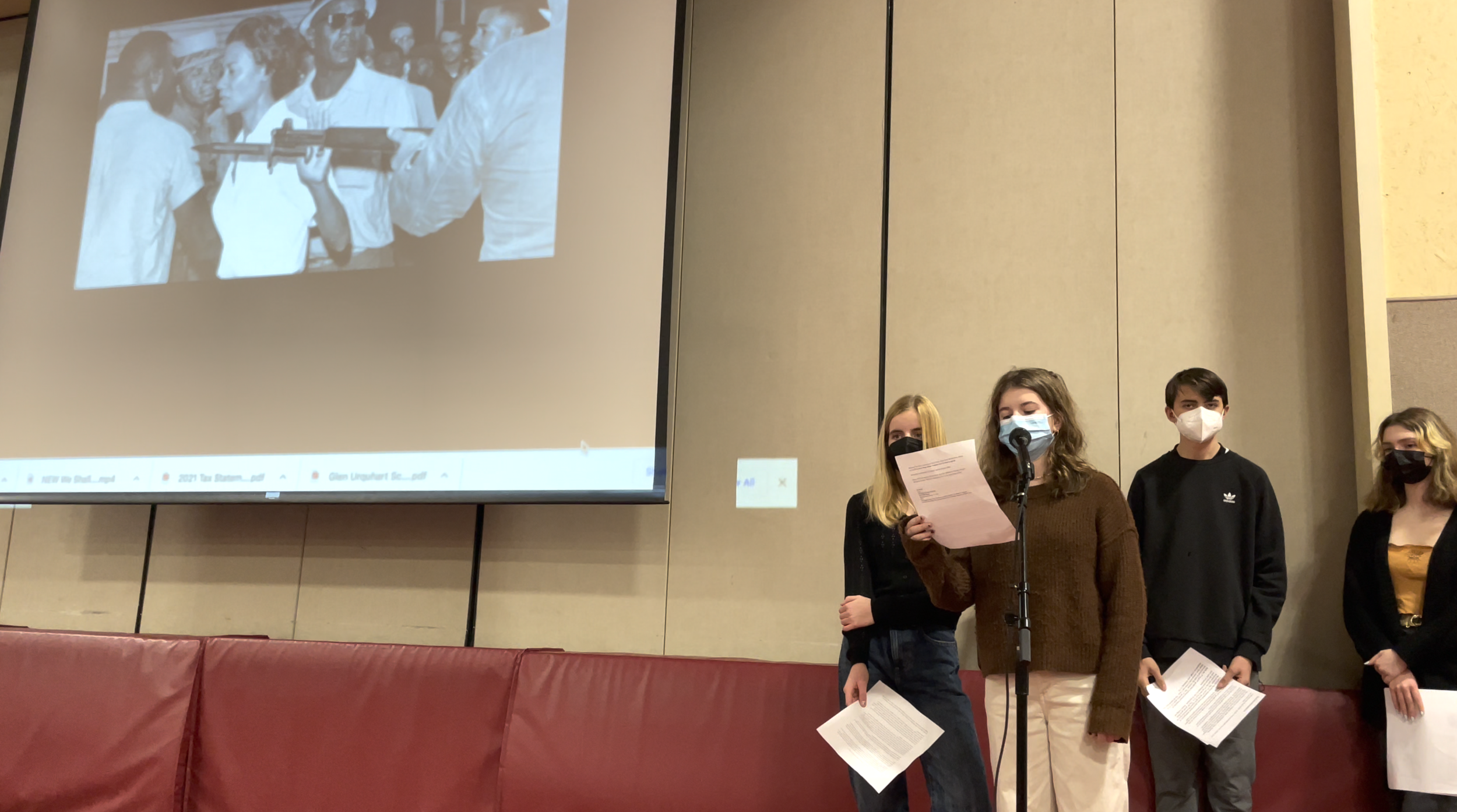
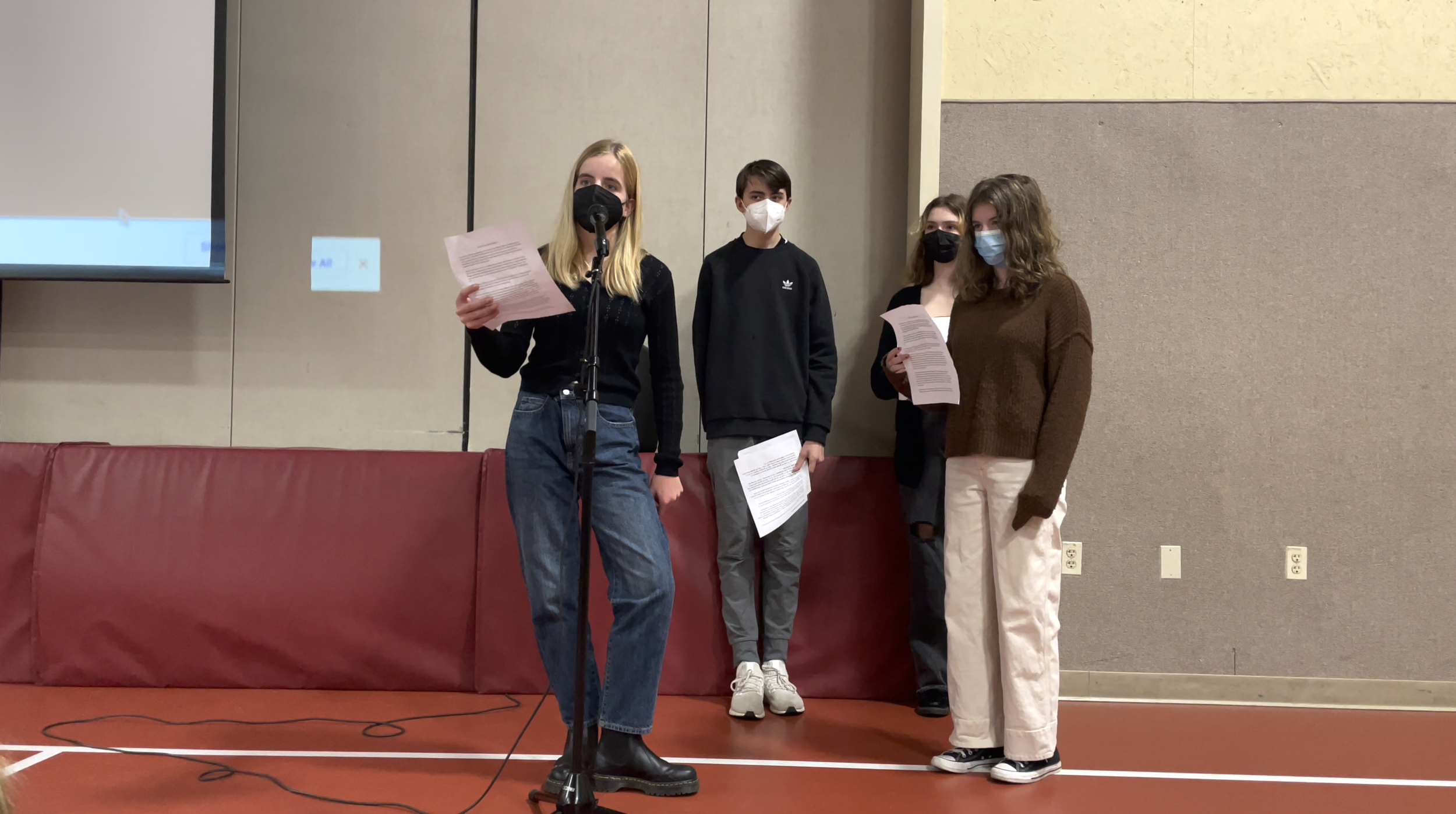
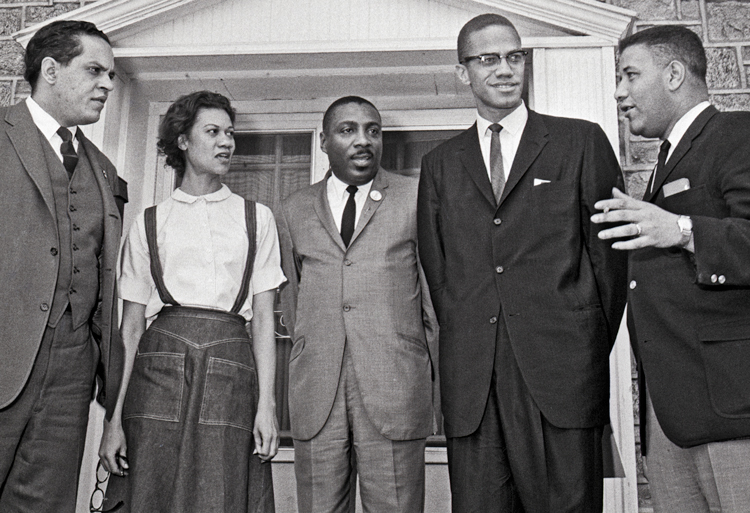
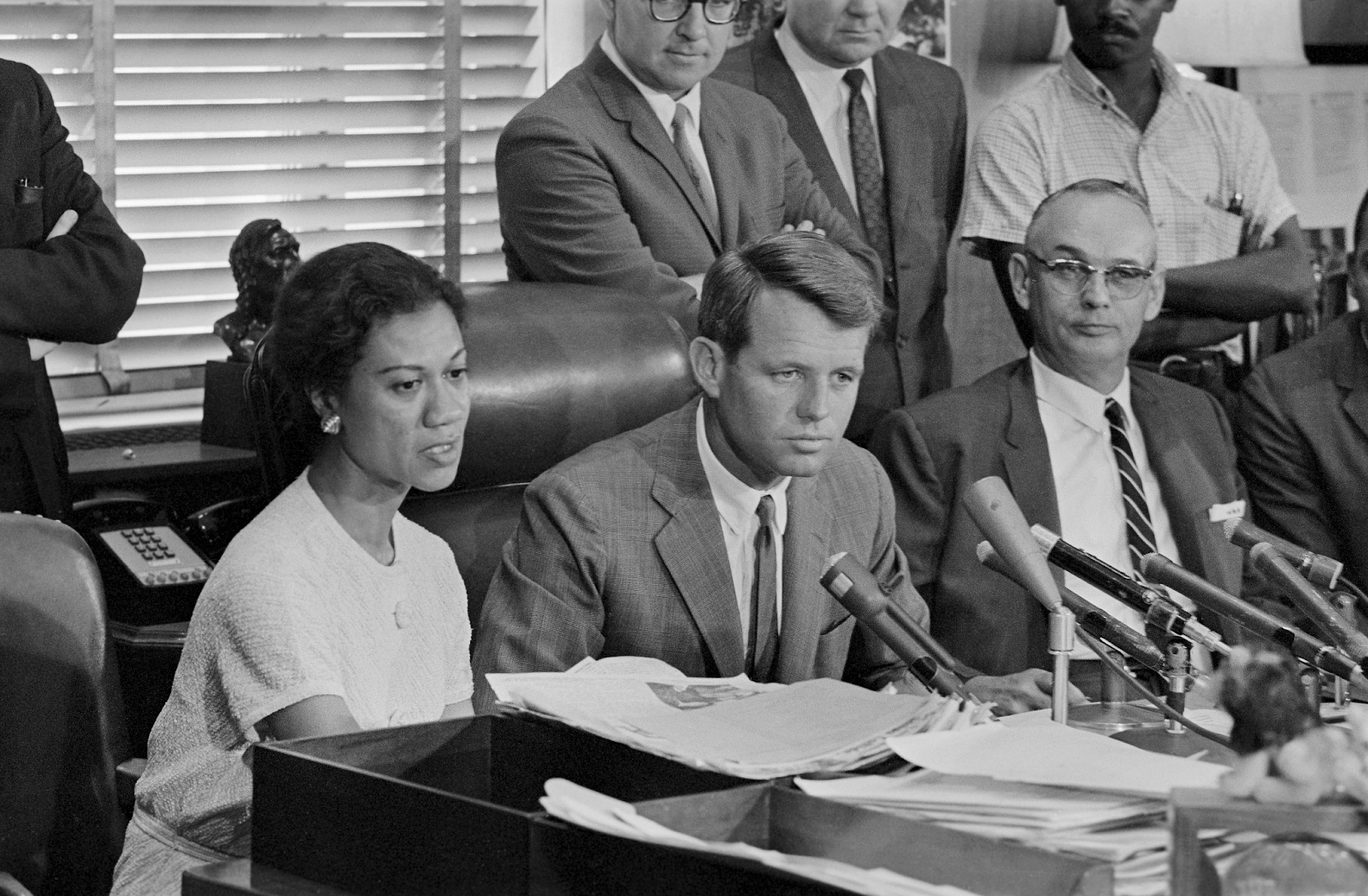
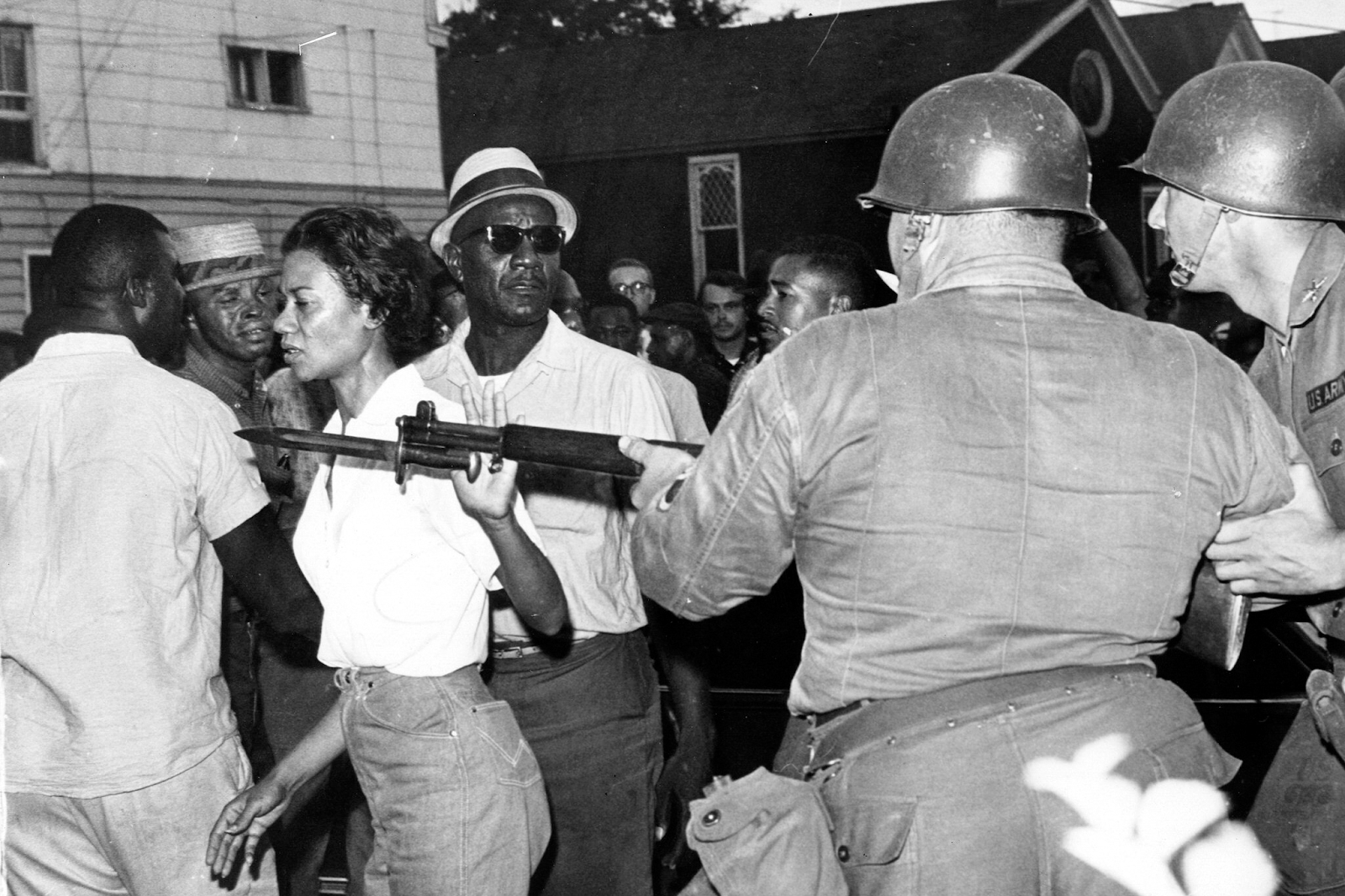
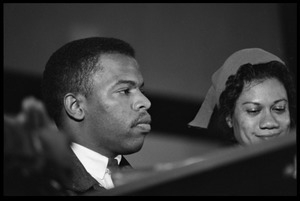
This March, 8th grade students will travel to the Eastern Shore of Maryland for Service Week. In addition to brainstorming with the World Leadership School on how to protect the area’s important environmental resources, we will visit Cambridge, Maryland - home of the most important civil rights activist you have never heard of: Gloria Richardson.
Gloria was born in 1922 to a middle-class family with a history of local activism. Her family owned grocery stores in Cambridge’s Second Ward, a predominantly Black community separated from the white neighborhood by Race Street. Her own activism began in 1938 while attending Howard University in Washington, DC.
In Cambridge, Gloria got involved in civil rights groups in 1963 when groups of high-schoolers, including her daughter Donna, began holding boycotts and demonstrations to demand an end to segregation.
Gloria then became a leader of a local militant civil rights group. Their protests angered the Kennedy administration and national civil rights leaders. When Attorney General Robert Kennedy proposed that the citizens of Cambridge, MD should vote on desegregation, CNAC boycotted the vote. At a press conference, Richardson stated, “A first-class citizen does not beg for freedom. A first-class citizen does not plead to the white power-structure to give him something that the whites have no power to give or take away. Human rights are human rights, not white rights.”
As violence erupted between Black and white demonstrators, Robert Kennedy invited black and white politicians from Cambridge to Washington. At the meeting, Kennedy asked Richardson if she knew how to smile, a scene that John Lewis, who was also present at the meeting, wrote about in his memoir. Looking back on this, Richardson said, “Maybe it makes them feel more comfortable when we smile. We were there to talk about civil rights. That was nothing to smile about.”
At the March on Washington in 1963, Gloria was one of six women listed as "fighters for freedom" and honored by being seated on the stage at the Lincoln Memorial. The other 5 women were Rosa Parks, Diane Nash, Myrlie Evers, Prince Lee, and Daisy Bates. None of the women were invited to speak.
Richardson met Malcolm X in Detroit and they became allies.
Gloria died in the summer of 2021 at the age of 98. Militant to the end, she gave this advice in 2020: “Fight for what you believe in but stop being so nice.”
SOURCES
Online:
Washington Post (December 11, 2020)
Books:
The Struggle is Eternal, Gloria Richardson and Black Liberation, by Joseph R. Fitzgerald
Civil War on Race Street: The Civil Rights Movement in Cambridge, Maryland, by Peter B. Levy
